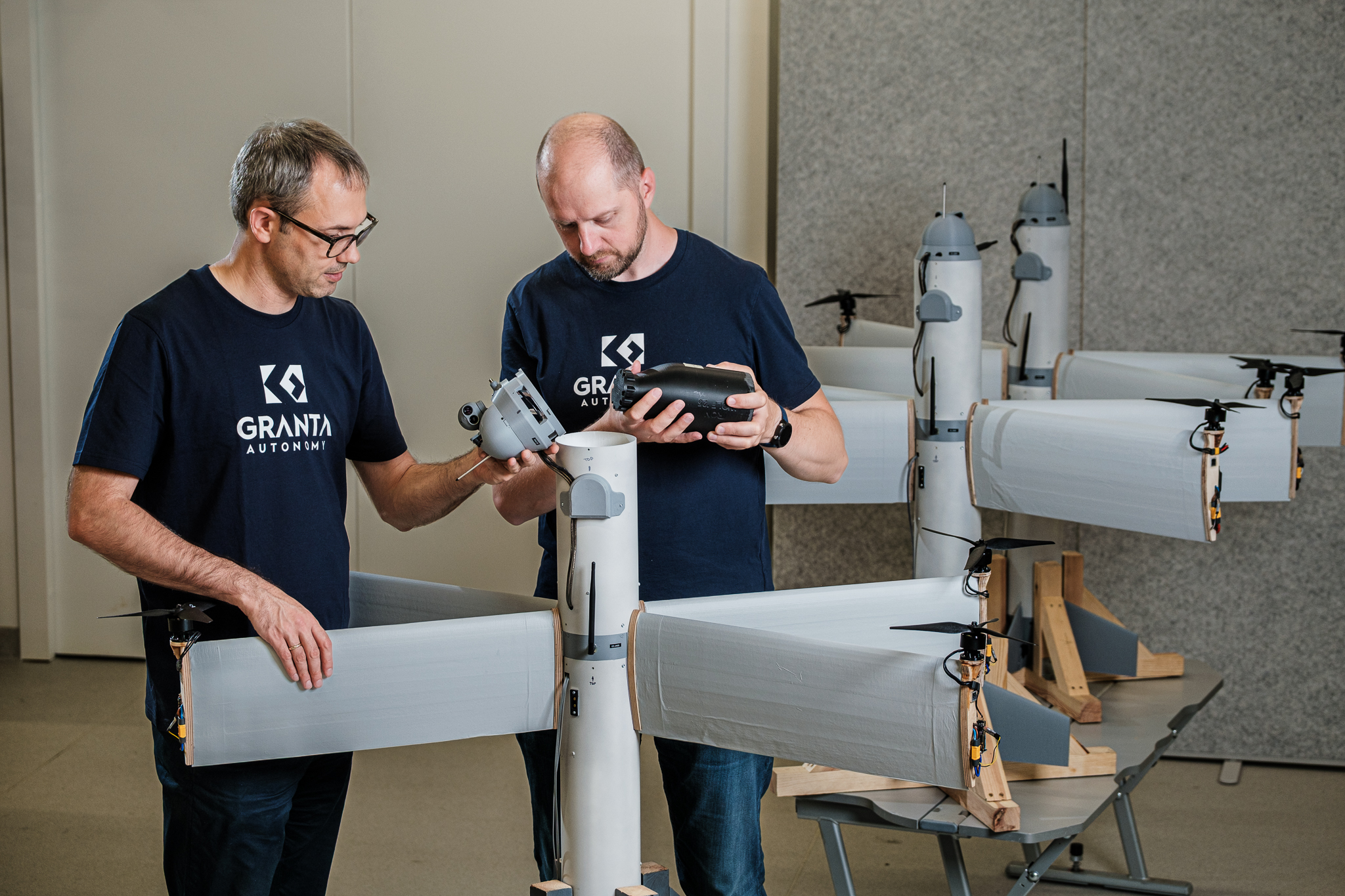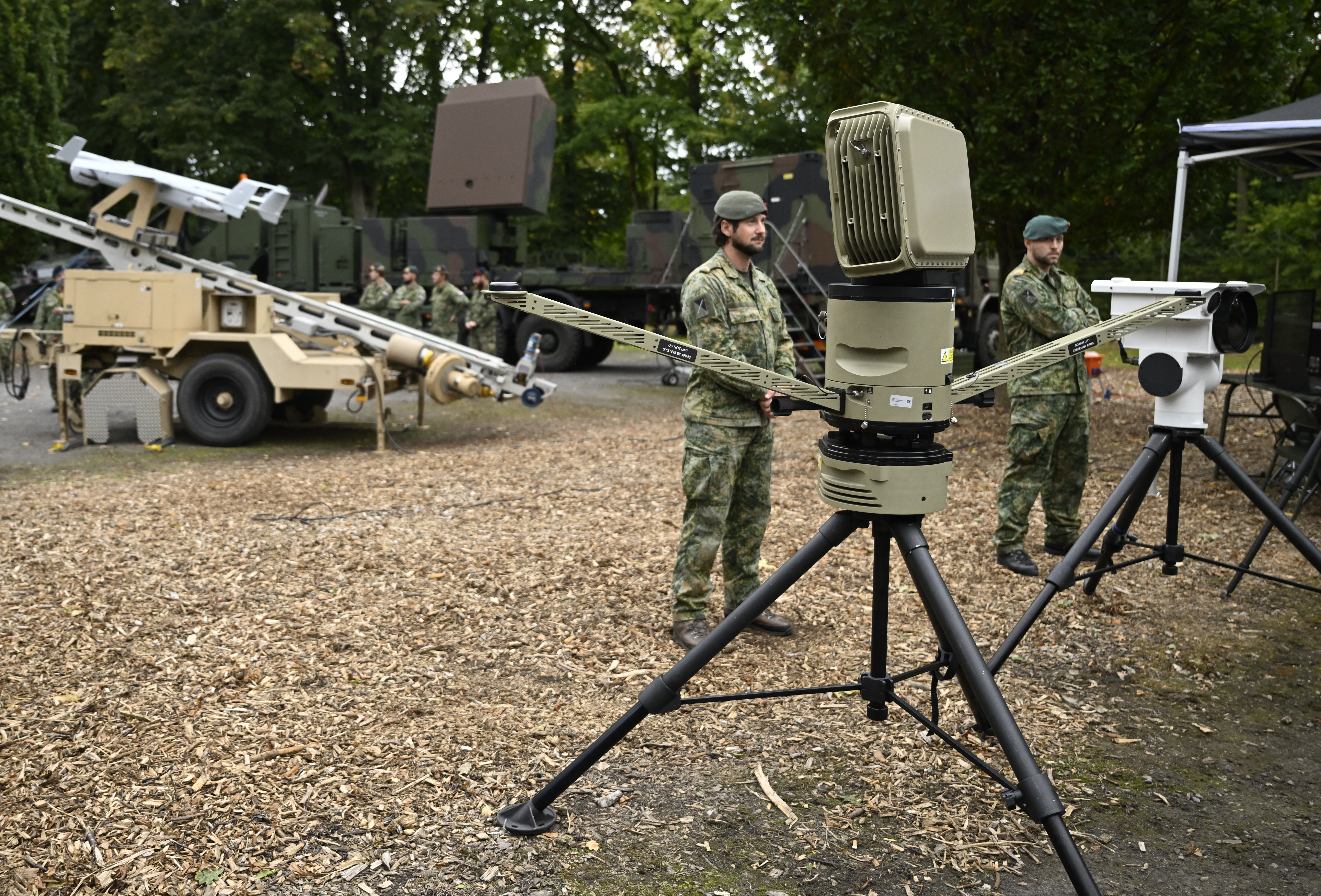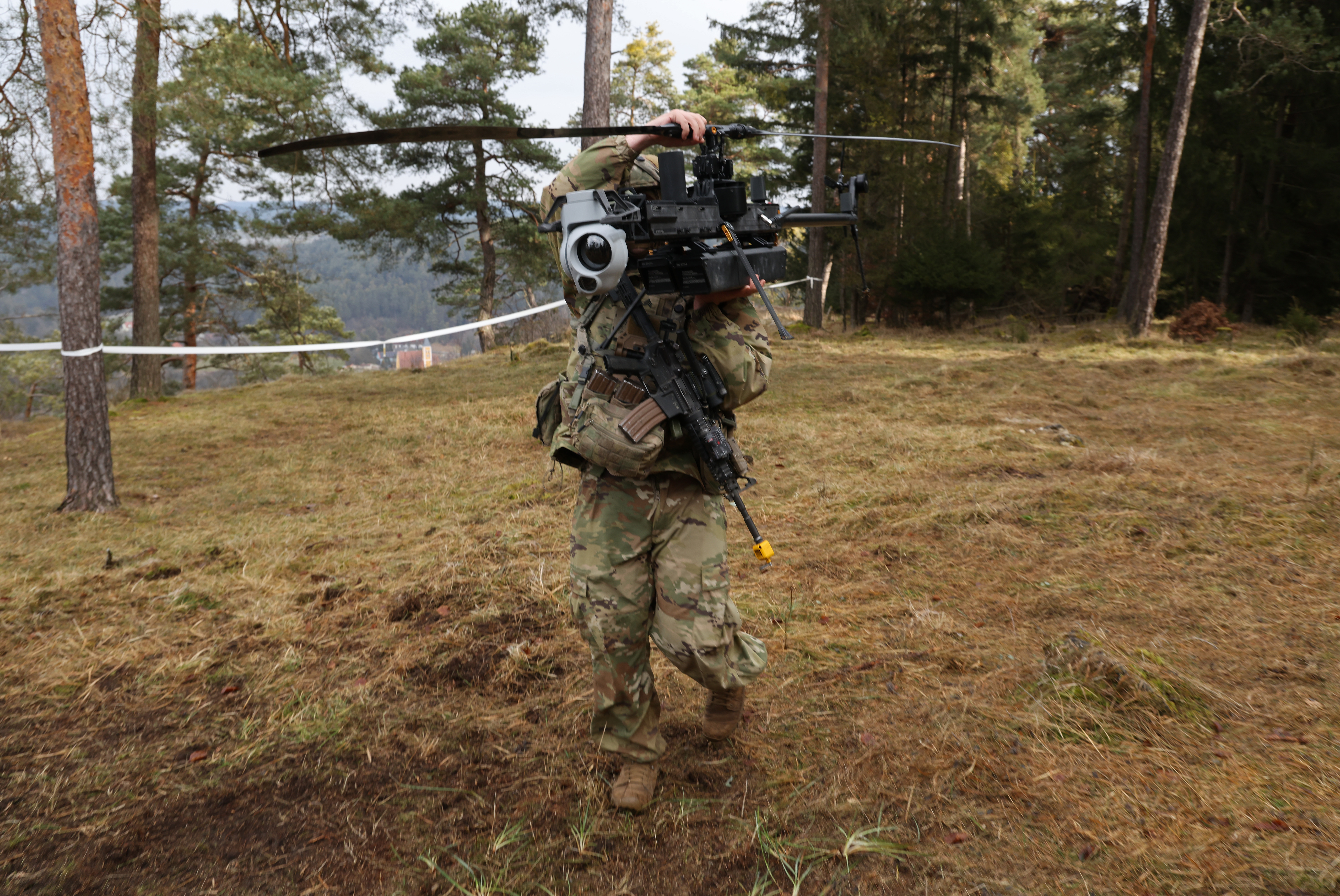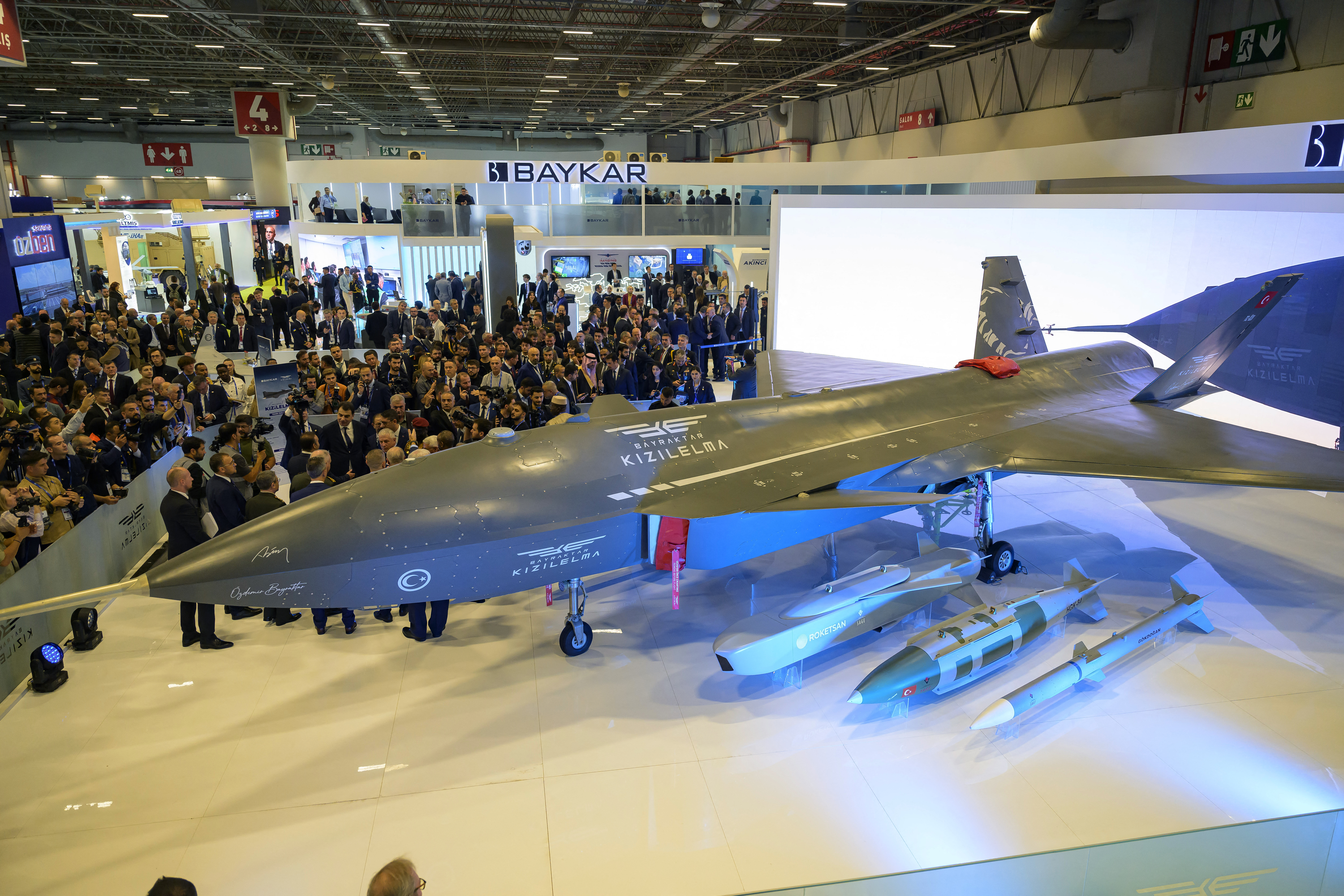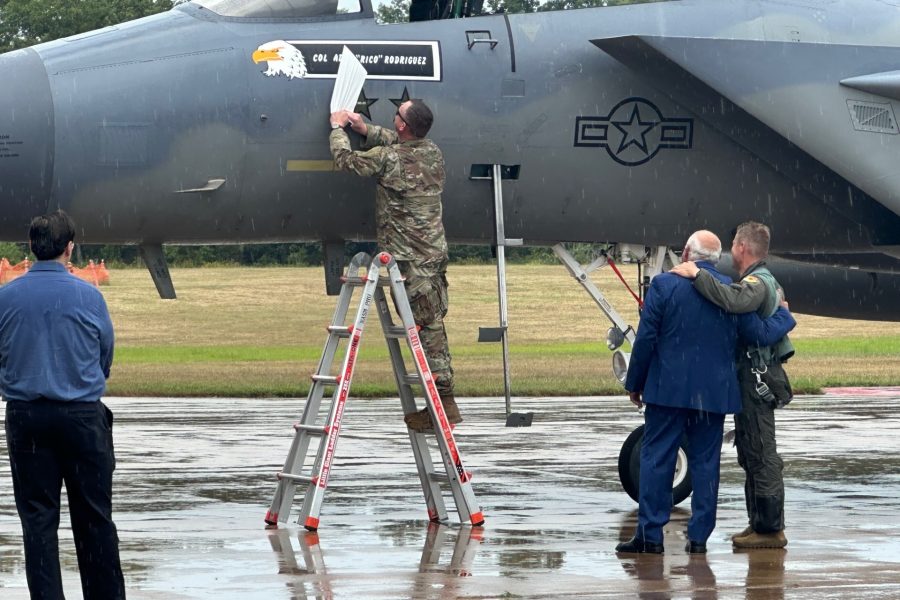
The F-15C Eagle flown by Cesar “Rico” Rodriguez when he downed two Iraqi MiGs in the 1991 Gulf War was delivered this week to the Smithsonian’s Steven F. Udvar-Hazy Center in Chantilly, Va., where it will go on permanent display in the coming weeks. It’s the first F-15 to be displayed by the National Air & Space Museum.
“The Eagle is one of the most iconic American fighter aircraft of the last 50 years, and this particular F-15 has powerful stories to tell,” said Michael Hankins, modern military curator at the museum. “We are thrilled to accept the F-15C into the museum’s collection.”
The F-15C was designed with the exclusive mission of achieving air supremacy, featuring unprecedented thrust and maneuverability, a bubble canopy for unmatched visibility, and a powerful radar. Although originally planned for retirement in the early 2000s, the F-15 has soldiered on because its intended successor, the F-22, was not built in sufficient numbers. A two-seat model, the F-15E, was designed as a ground-attack platform but retains its air-to-air capabilities.
During Operation Desert Storm in 1991, Rodriguez brought down two Iraqi fighters—a MiG-29 and a MiG-23—in the Smithsonian’s new display aircraft, while serving with the 33rd Tactical Fighter Wing’s 58th Tactical Fighter Squadron. Later, in 1999, he shot down a Yugoslavian MiG-29 during Operation Allied Force, flying a different F-15.
Since the Vietnam War, no American pilot has scored the five aerial victories necessary to earn the title “ace.” But Rodriguez is one of four Air Force pilots—the others being Thomas Dietz, Robert Hehemann and Robert Wright—who have come the closest, each shooting down three aircraft in the last 50 years.
F-15s in the U.S. Air Force and several other foreign militaries have collectively brought down more than 100 adversaries, while suffering no losses in air-to-air combat.
The museum’s F-15—aircraft 85-0114—arrived at the Smithsonian’s Dulles Airport, Va. facility on Aug. 13. It was flown to the museum by Col. Adam “Axe” Gaudinski, commander of the 173rd Fighter Wing at Kingsley Field, Ore., where the new museum artifact concluded its 40-year service life. Gaudinski’s name on the canopy rail was peeled off after landing, revealing Rodriguez’s name underneath.
The aircraft is painted in the modern F-15 air-to-air paint scheme, and its tail art honors David R. Kingsley, namesake of the Oregon air base. The tail also carries a graphic of that specific aircraft bringing down the Iraqi MiGs—and carries two Iraqi flags as kill markings. A Smithsonian spokesperson said that for the time being, the aircraft will be displayed in its current scheme, and won’t be repainted to appear as it did in 1991.
“I put a lot of pain on that airplane, and the crew chiefs fixed her up and got her going again the next day,” Rodriguez told Washington CBS affiliate WUSA. He said flying the F-15 was “a lot of fun” despite “a lot of scary moments.”
“I wouldn’t trade it,” he said.
Rodriguez earned his first kill on Jan. 19, 1991, when Operation Desert Storm had been underway for only three days. In that first encounter, he engaged with a MiG-29 in a descending scissors pattern; each pilot trying to gain and maintain superior firing position on the other, pushing the F-15 to its 9G loading limit. He attempted to get a lock with an AIM-9 Sidewinder heat-seeking missile, but the heat of the rapidly-approaching desert floor interfered. He got too close for radar-guided missiles and considered switching to guns. Nearing just 1,000 feet above the ground, though, the Iraqi made a mistake, inverting and pulling down in an attempt to escape. There wasn’t enough room to pull out of the dive, and he crashed; Rodriguez had maneuvered the MiG into the ground.
By chance, Rodriguez returned to aircraft 85-0114 a week later, when he and a flight of F-15s fired their AIM-7 radar-guided Sparrow missiles at a flight of advancing MiG-23s. Rodriguez fired the third of three missiles launched by the flight; two, including his, hit their targets head-on. He later recounted that he didn’t realize he was flying the same jet until he saw crew chiefs applying two Iraqi kill markings under its canopy rail.
He added his third kill on March 24, 1999, the first night of Operation Allied Force. Rodriguez shot down a Yugoslavian MiG-29 with an AIM-120 Advanced Medium-Range Air-to-Air Missile, one of the first kills for that weapon. He retired in 2006 as a full colonel.
The museum’s F-15 later served for a time with the 44th Fighter Squadron at Kadena Air Base, Japan, before it was transferred to the 173rd in Oregon.
The new display aircraft will be demilitarized in the coming weeks, as Smithsonian technicians remove explosive charges and caustic chemicals so that it can be displayed safely. After that, it will be presented near other modern military aircraft like the X-35, A-6, and F-14. It will displace the World War II-era Sikorsky JRS-1 flying boat, which will be moved into the museum’s restoration facility. The F-15 is now in the museum’s restoration area and can be viewed from the mezzanine overlooking that hangar.
It’s likely the F-15 will be displayed with a representative load of ordnance, as the F-14 there is shown with an air-to-air loadout that includes AIM-54 Phoenix missiles unique to that aircraft. A display placard explaining the history of the Eagle is being developed, a spokesperson said.
Roughly 200 F-15s remain in the Air Force today, as the new F-15EX Eagle II replaces older F-15C/Ds flown by the Air National Guard. The new aircraft improves on the F-15 with a fly-by-wire electronic flight control system, a far more powerful processor and electronic warfare system, two additional weapon stations, and other upgrades.
The post F-15C Fighter That Downed MiGs Arrives at Smithsonian for Display appeared first on Air & Space Forces Magazine.

Air, History, Cesar Rodriguez, F-15C, history, MiG-23, MiG-29, Operation Allied Force, Operation Desert Storm, Smithsonian National Air & Space Museum
Air & Space Forces Magazine
[crypto-donation-box type=”tabular” show-coin=”all”]

